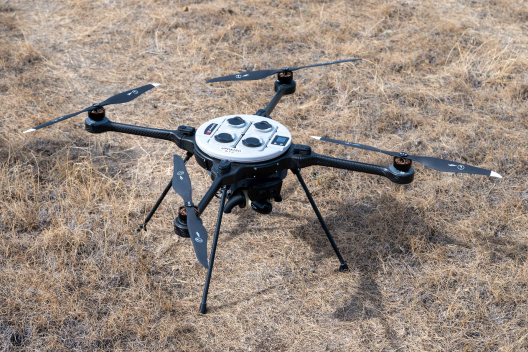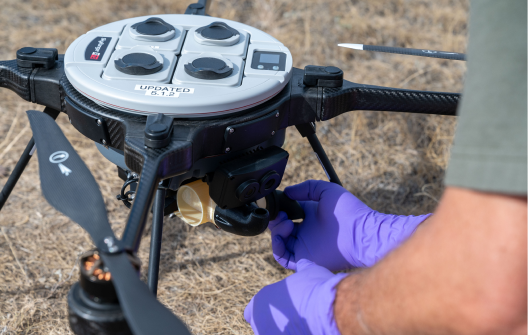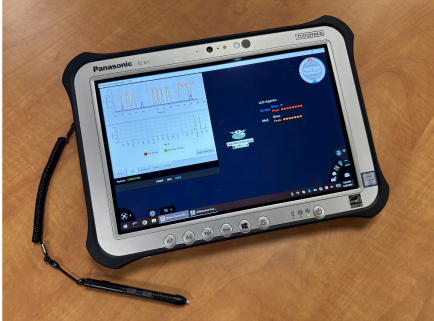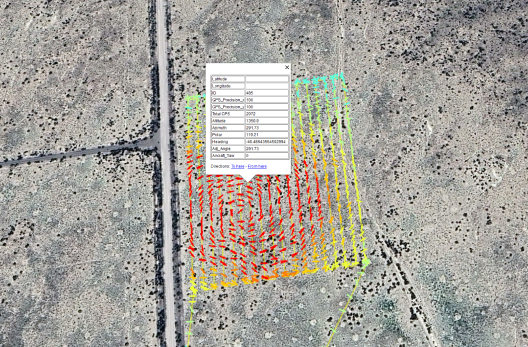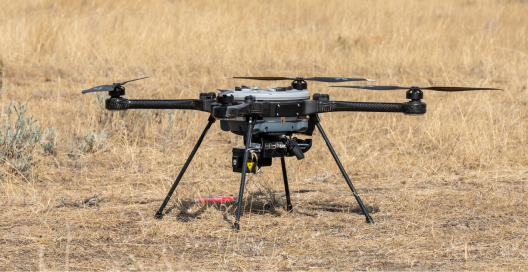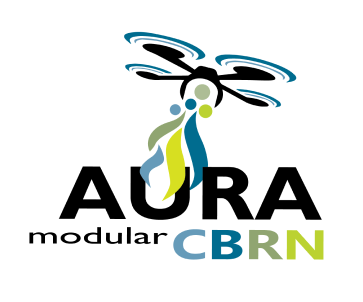Improve Situational Awareness With Real-Time CBR Detection
The Autonomous Uncrewed Remote Analysis (AURA) sensor platform is a significant advancement in small-scale CBR detection. Typical handheld sensor units must be carried by a user, but with AURA, sensors are integrated into a portable lightweight UAV-mountable platform. Once deployed, these sensors feed data back to an operator to provide real-time threat profiling in the field. The main AURA system is a small, lightweight UAV payload that features interchangeable sensors to detect, classify, locate, and identify CBR agents. Where possible, the platform uses COTS/MOTS components to ensure ease of access in supply chains, reduce required operational training, and minimize payload costs.

